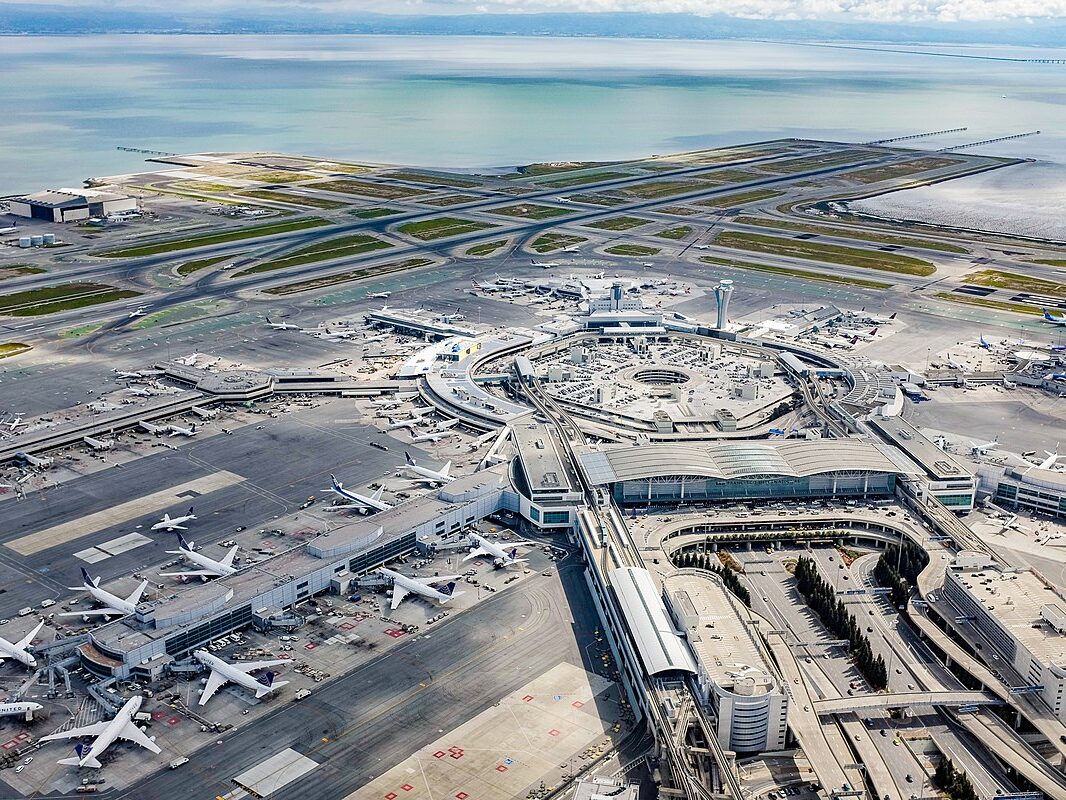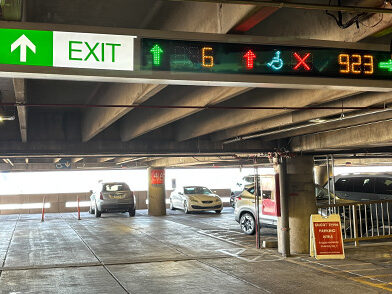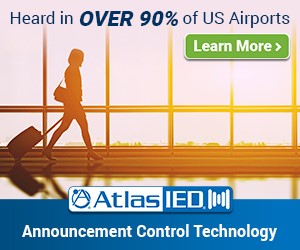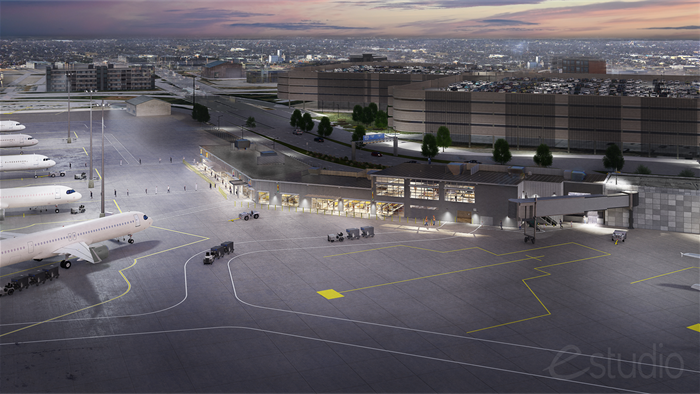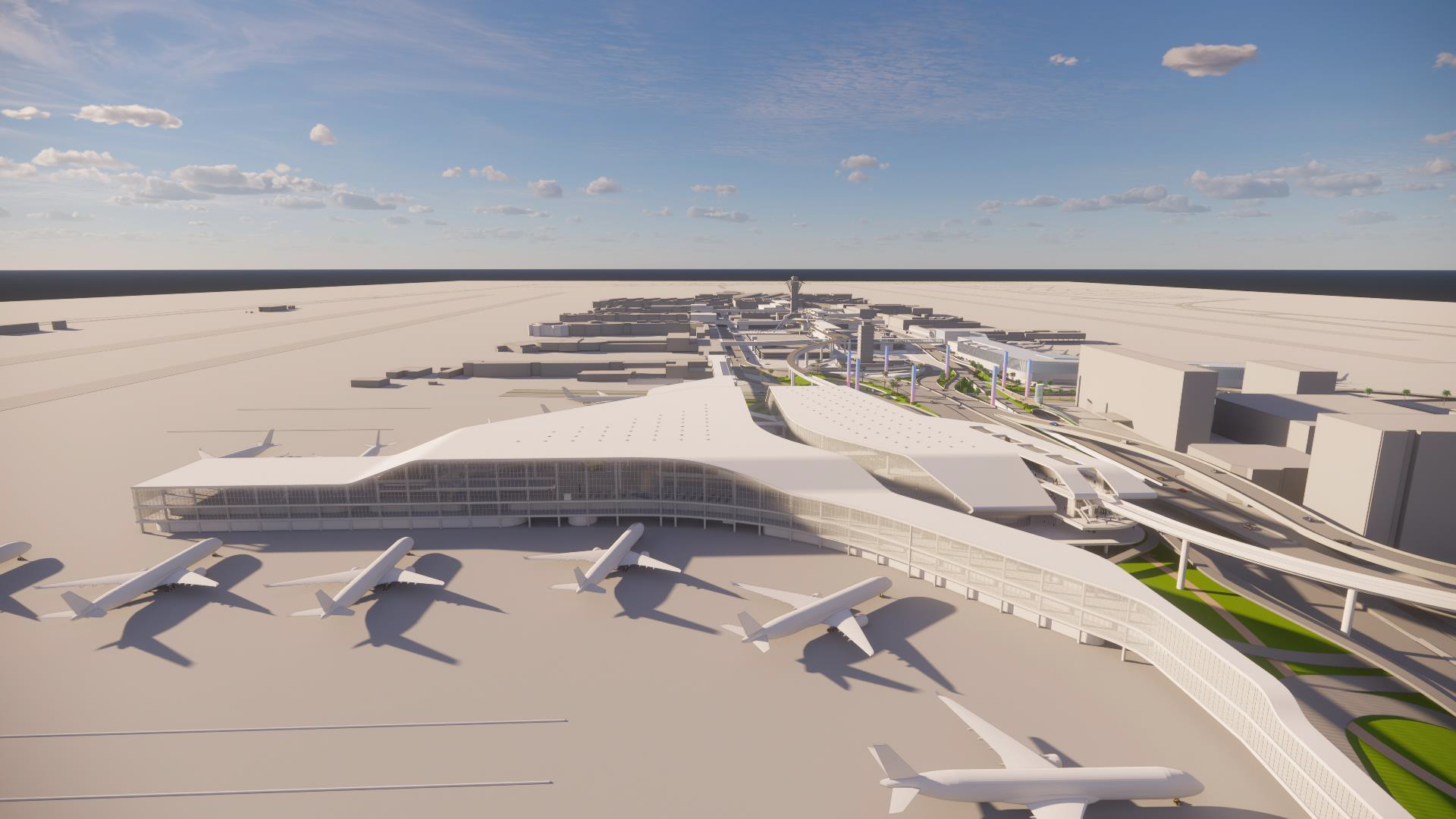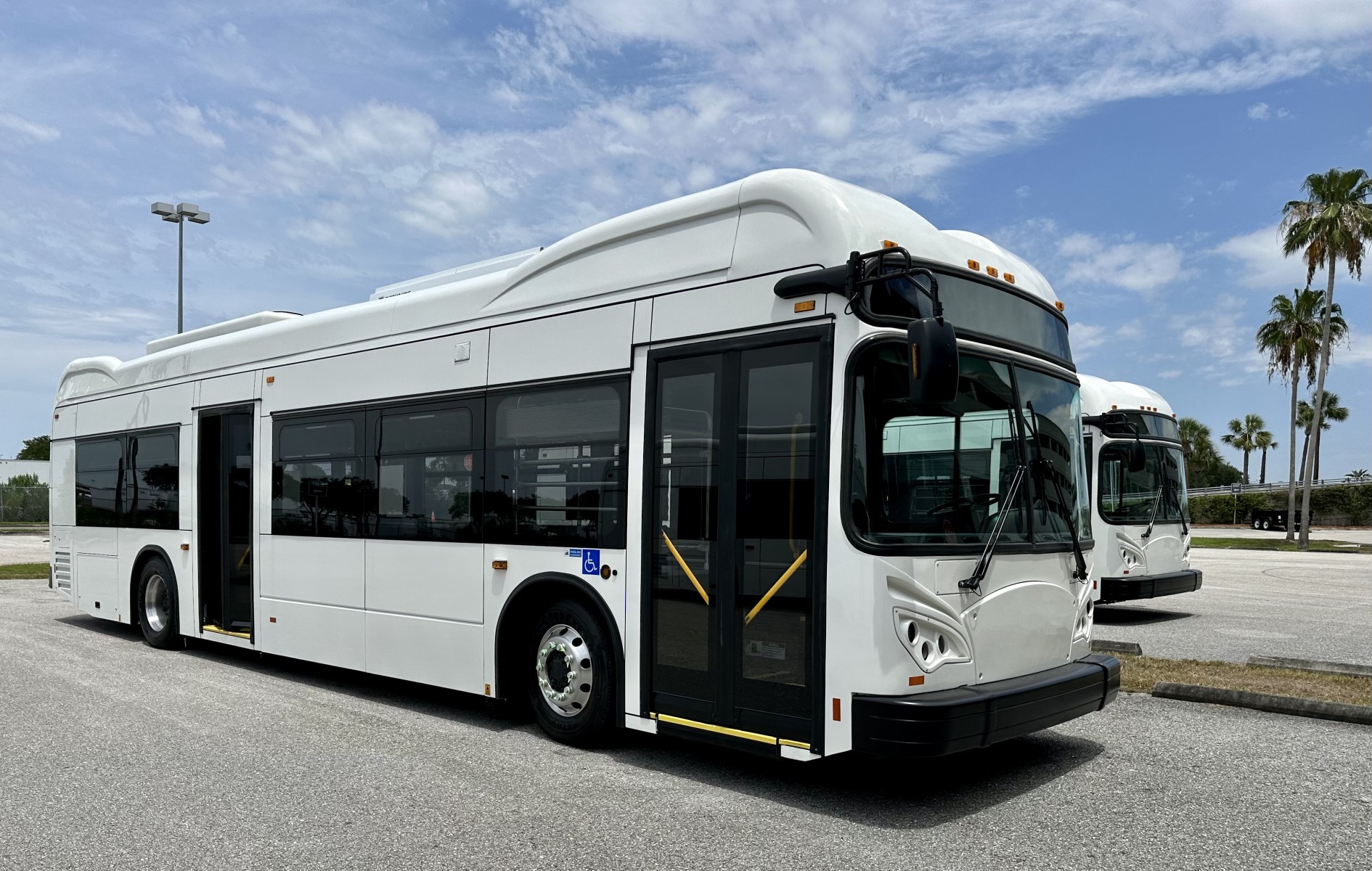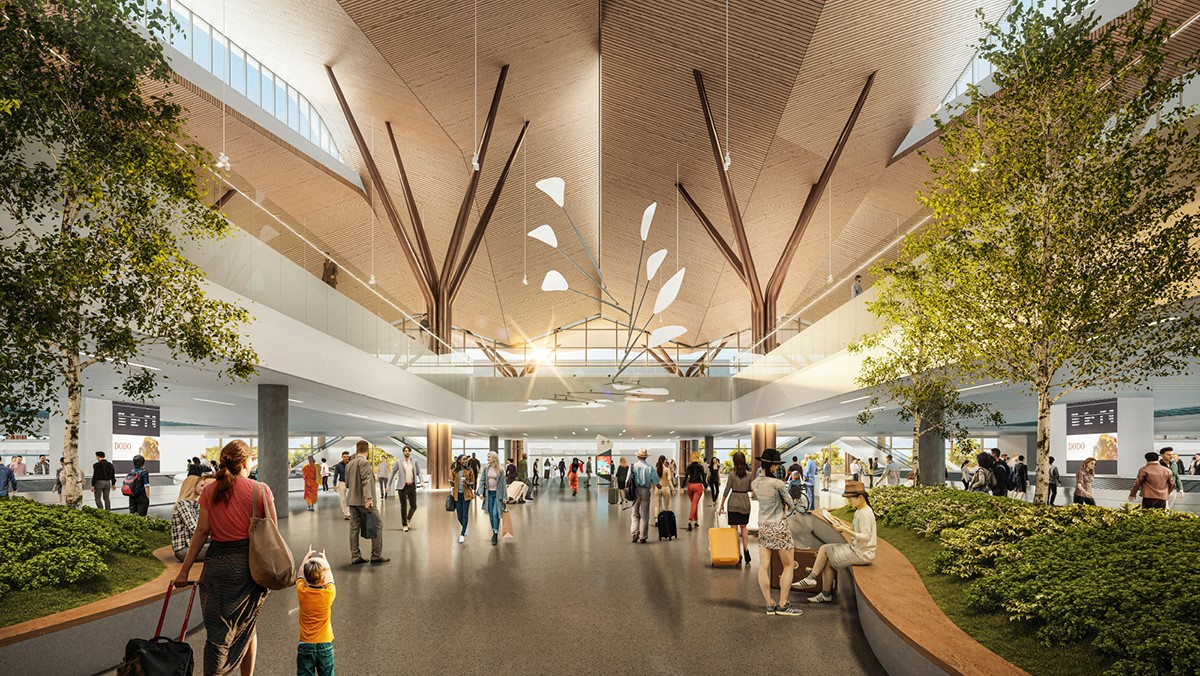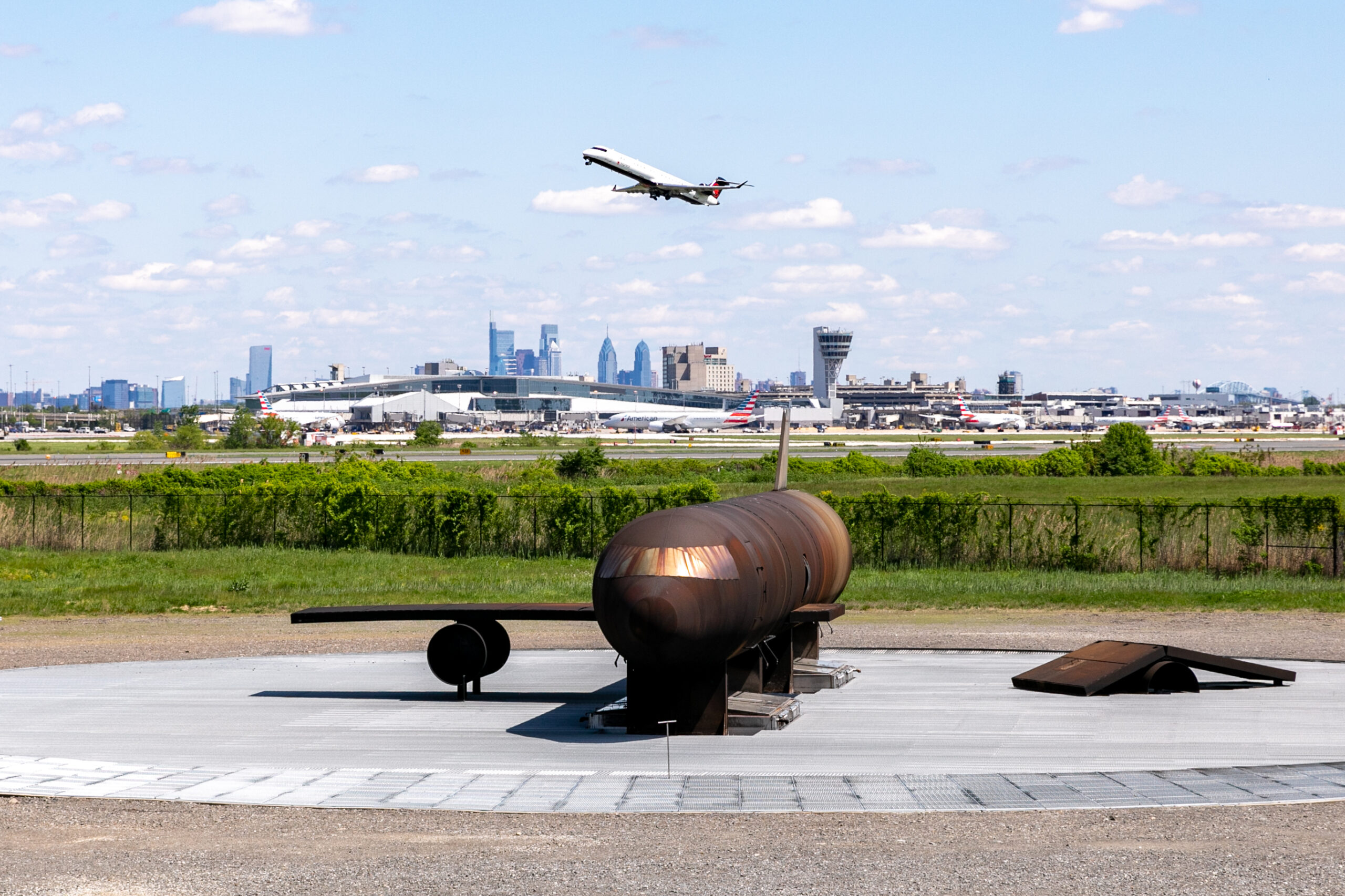The Federal Aviation Administration (FAA) has awarded more than 100 million USD to 12 airports in the US to help prevent runway incursions.
A runway incursion refers to any incident involving the incorrect presence of an aircraft, vehicle or person in areas designated for the landing and take-off of aircraft.
To prevent these incidents, funded projects under the Runway Incursion Mitigation Program will include the reconfiguration of confusing taxiways, the installation of new airfield lighting and the construction of new taxiways to provide more flexibility on the airfield.

FAA Associate Administrator Shannetta R. Griffin said:Some airfields have complex layouts that can create confusion for pilots and other airport users. This funding will reconfigure complex taxiway and runway intersections to help prevent incursions and enhance the safety of the National Airspace System.
Key projects that will benefit from this funding include:
- Miami International Airport will receive 6 million USD to move taxiway L1 and fix the intersection of taxiways M & Q
- Harry Reid International Airport will gain 13.4 million USD to reconfigure four taxiways (U, E, F and H), shift two runways (8L/26R and 1L/19R) and install runway status and guard lights
- San Diego International Airport will receive 24 million USD to construct a new taxiway A, which will eliminate the need for aircraft to back-taxi on the runway
- Tucson International Airport will receive a 33.1 million USD grant to construct taxiway C and shift and rebuild runway 11R/29L to be further away from a parallel runway
- Norman Y. Mineta San Jose International Airport has been granted 10.8 million USD to build a taxiway V, which will provide more direct access to aircraft hangar
The FAA has also recently introduced several runway safety technologies at select US airports to provide pilots and controllers with increased situational awareness.
This includes:
- Runway status lights to alert pilots that entering a runway is unsafe
- Airport surface detection equipment, Model X, which uses radar, multilateration and satellite technology to track the surface movements of aircraft and vehicles
- ASDE-X taxiway arrival prediction, which predicts when a pilot lines up to land on a taxiway and will provide a visual and audible alert to controllers



